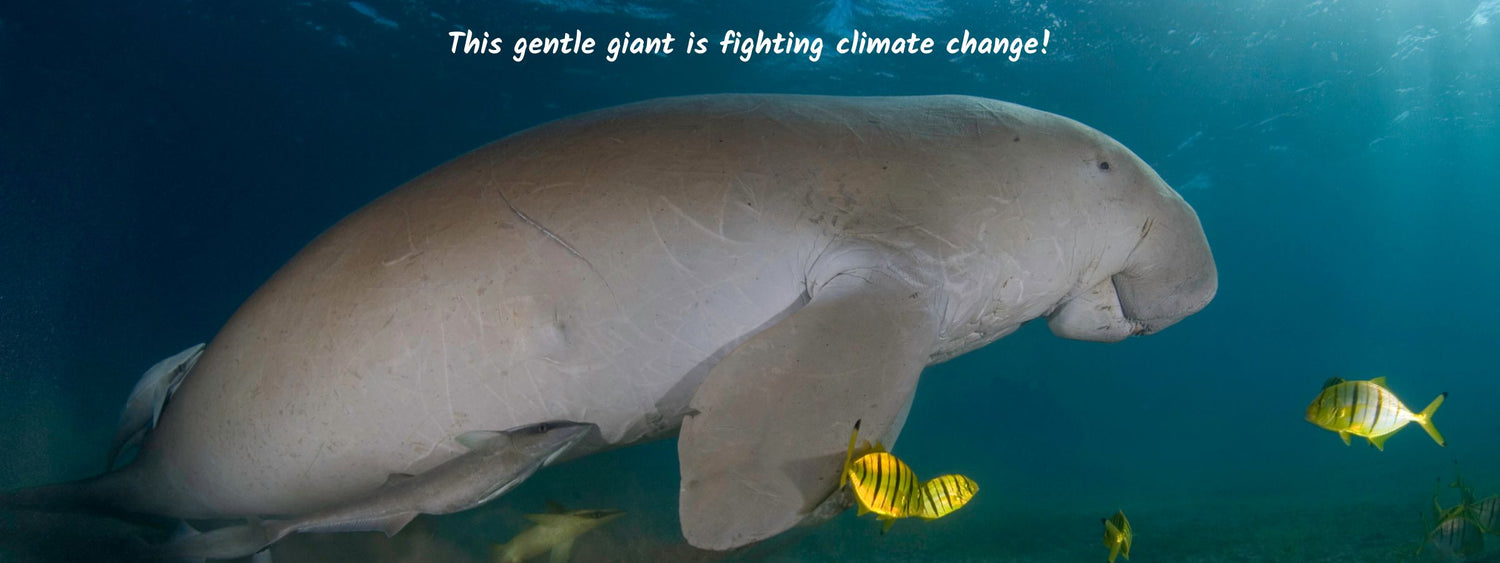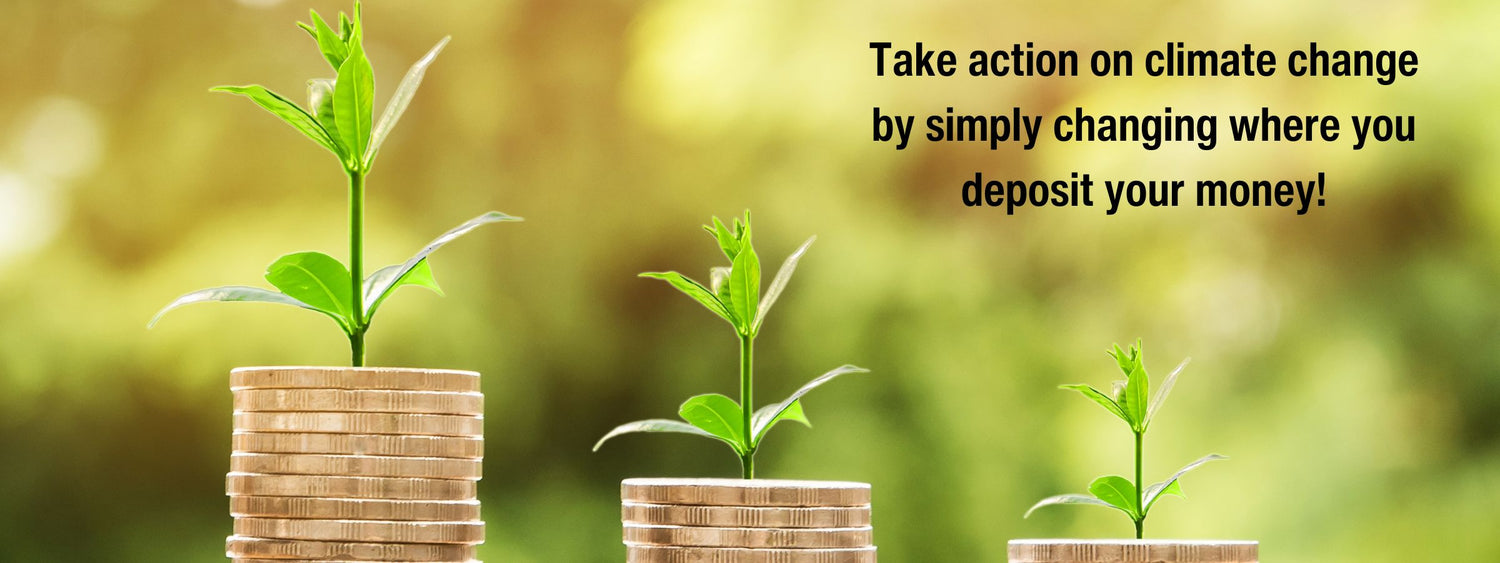So you’re looking for a vegan, natural fibre handbag, dress or shoes...
Surprisingly, there are now many alternative fabrics being made around the world.
In this blog, we are exploring 7 of the most intriguing plant fibres.
Plus a bonus natural fabric made to mimic spider web silk. Don’t miss that one - at the end of this blog.
But firstly, let’s start with an Italian fabric made from what remains after your glass of wine is produced…
WE ASK YOU TO LIFT YOUR WINE GLASSES TO THIS ONE… 🥂

Did you know that a company in Italy is making vegan leather - using the waste materials left over after processing grapes to make wine.
The skins, seeds, pulp and stems are turned into a biomass which is then made into 'leather'. It’s added onto a base material of organic cotton for added strength. This ensures the fabric is both recyclable and biodegradable.
Isn't it amazing that winery leftovers can now be used to turn that waste into a great 'leather' fabric!
Because grape skin ‘leather’ doesn’t contain the same oils as conventional leather, it’s more prone to cracking and damage. So, the manufacturers are using it for products that use a thicker, stronger leather – for example handbags.
Did you ask how much waste is needed to do this? Well, as a general rule, 10 kilograms of wine grapes produced (about 7 standard bottles) creates around 2 to 2.5 kilograms of waste during the processing.
This waste, if not used as animal feed, is often burned, emitting more CO2 into the environment. Which makes it ideal for grape leather where the product is great for the environment.
What do you think about the idea that the glass of wine you enjoy today, can result in also making a plant-based, vegan leather?
A PINEAPPLE SURPRISE (no, it’s not a drink!)

Here’s something you may not have heard about yet.
Those spikey green leaves on the tops of pineapples are finally having their time in the sun... 😄
The fibre in the leaves is being used to make a leather which is vegan - as well as compostable. And it has the finished appearance of quality leather.
Pineapple leather is on its way to being a very viable alternative - which is good news because it uses a by-product of pineapple production that would otherwise be thrown out by farmers.
This plant-based alternative promises to not only help get more from our natural resources, but also it also offers a premium fabric to work with across a range of markets. Currently it is used for fashion, car interiors, furniture and more.
The material production uses advanced technology and gives more income to pineapple farmers who previously had no use for this part of their harvest.
By the way, with this product, you’ll need to be aware of that not all producers are using sustainable methods.
So do your research if you are looking to buy a handbag or other item made from pineapple leather – and take care to support an ethical, eco-friendly manufacturer.
AND HERE'S A SOMEWHAT EVEN MORE “PRICKLY” ALTERNATIVE! 🌵

The original manufacturers of cactus fibre/leather spent two years doing research and development, and finally figured out how to turn nopal cactus leaves into the perfect cactus-based leather.
In Australia, we know nopal cactus as prickly pear - unfortunately it has been a devasting weed here. But in Mexico it's a different story.
Currently the fabric made of this cactus may be combined with recycled cotton and/or a small amount of recycled polyester. The current company making it is working on 90% of the fabric/leather being recyclable. (That's the other 'prickly' point!)
Unlike some of the other vegan alternatives, this leather is strong. So it is mainly made into handbags and similar more durable items.
And the material can last a decade or more so it makes an excellent alternative to fast fashion!
Although this leather product is not yet completely sustainable, it's well on it's way. And it's a pretty intriguing product, I'm sure you'll agree. 😊
THIS ONE IS FOUND GROWING UNDER THE SEA…

Seaweed has many uses, but did you know that a sustainable yarn – made from kelp - has been developed by Keel Labs?
These fibre materials can be regeneratively grown, renewably sourced, and created without environmental harm.
And the resulting fabric is durable to wear- as well as having the great benefit of being fully compostable at the end of its life!
An advantage to yarns made from fast growing kelp is that they don’t need any artificial fertilisers or chemicals to grow in the ocean.
And like farming on the land, the kelp can be grown over, and over again, in a sustainable, regenerative way to keep the oceans safe.
WANT A SOFT AND SILK-LIKE FABRIC – TRY ROSE FABRIC

Here’s a fabric that I’ve only become aware of very recently. Which is exciting because I love roses!
Rose fabric is a newer addition to natural fabrics and claims to be soft to the touch and as luxurious as silk. Along with being both durable and breathable.
The manufacturers say that Rose fabric feels like natural silk. But without the same environmental and ethical impacts that may deter you from using silk produced from farmed silk worms (like harsh pesticides, herbicides and synthetic fertilisers, all of which are often used in the process of farmed silkworms).
To produce the fibre, the Rose cellulose is stripped and processed from the parts of the plant that aren’t used.
In this case, that includes the petals and the inner bark of the stem.
And then it is spun into luxuriously soft fibre.
Note: some “rose silk” may have other not-so-sustainable natural products, or petrochemicals, added into the mix. Take care to buy a fabric that is truly made only of roses.
Rose petal silk is also marketed as machine washable – and biodegradable.
It certainly sounds lovely. 💗
HEMP CLOTHING - STRONG AND SOFT, PLUS LONG WEARING

Hemp is a great fabric to wear – I know from personal experience because my hubby has a red hemp shirt. It has softened over the years but is not showing very much wear at all. Which is not at all surprising, because hemp does have a reputation for being very durable.
There are many reasons why hemp is an eco-friendly alternative to cotton and, of course, unfriendly synthetics.
Firstly, hemp is one of the strongest of natural textile fibres around, so it makes soft but strong clothes that are long lasting. Great for you and the environment.
The more you wear your hemp garment the better it gets, as mentioned above.
Hemp are hardy plants that are naturally resistant to most pests – this is great news because it means hemp plants don’t require pesticides – which is another big plus for our environment.
And it’s estimated that hemp requires 2 to 5 times LESS water to grow, than cotton.
Finally, hemp is also naturally resistant to UV light, mould, and mildew. That sounds pretty handy to me!
If you're looking for a long wearing, soft, natural fabric - hemp clothing might just be an ideal choice for you.
WHO KNEW - BANANA FABRIC IS A THING!

Banana fabric is one of the most sustainable plant-based alternatives on the natural fibres market.
It’s a fantastic use of the billion tons of banana peels, around the world, which are usually wasted each year.
And it turns out that banana waste makes natural banana fibres that can have many uses.
When it’s made using organic bananas grown and manufactured with chemical free processes, banana fabric is biodegradable, vegan, and cruelty-free.
The inner peel is so soft that it’s commonly used as a more ethical alternative to silk. Soft scarves, silky gloves, and even hats are often made from banana fibre.
And the fabric is also another one that may offer an alternative to farming silk worms.
Banana fibre is breathable, moisture-wicking and is a lovely lightweight, cool, fabric that suits warm climates.
The tougher ‘industrial’ fibres from the outer peel can be used for items around the home like door mats, ropes, and decorative weaving (think macrame style wall hangings).
More ethical than silk and less water-intensive than cotton – and is, of course, vegan.
BONUS: HAVE YOU EVER HEARD OF A SPIDER WEB INSPIRED FABRIC?

Who would have guessed that a vegan-based fibre was sparked by inspiration from a spider web!
A Japanese firm originally invented a fermentation-derived natural material – made from plant biomass. It has similar properties as spider silk. 🕸 Isn’t that amazing!?
They claim that when spun into a fibre, this artificial ‘spider silk’ has the strength and elasticity of silk and the softness of cashmere wool.
The product also offers environmentally-aware consumers a relatively new material which is made from cellulose found in agricultural wastes such as sugarcane bagasse or corn waste (this makes the plant biomass).
It then can then be broken down into nutrients through a secret, proprietary microbial fermentation process, which produces a fabric that is biodegradable in both soil and in water.
And all from the fascinating concept of spider web silk – that's totally awesome!

How many of these sustainable fabrics were you aware of? We’d love to know…
Let us know - in the comments - which of these vegan, environmentally friendly, alternative fabrics are your favourites!
And for updates and new info in the future, keep an eye on our website and socials, where we'll post news about upcoming new natural fibres and fabrics.
We’re always looking to share Earth friendly ideas and innovations with you - as soon as we discover them! 😊💚 (Bookmark this page to return in the future.)
If you enjoyed this blog, please feel welcome to leave a comment to let others know about our blog.
Twizzle Designs offers truly eco-friendly, Australian made, sustainable gifts for your friends and family.
We also donate to 💚 Planting trees 💚 Supporting conservation of Australian native wildlife, and 💚 Helping to save our planet by donating to environmentally aware charities. Because it's super important to us. 😊





